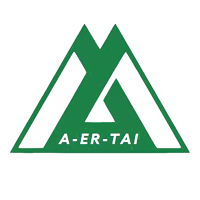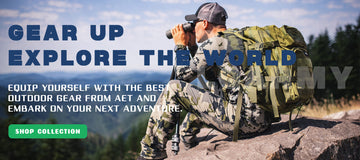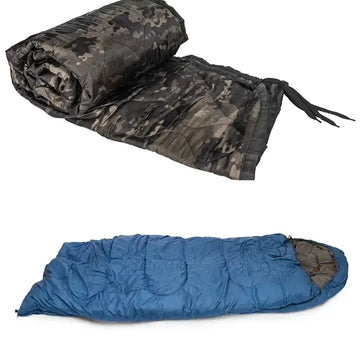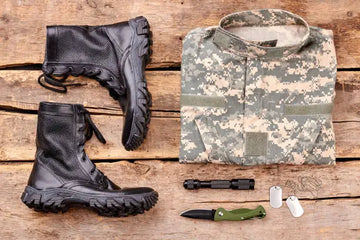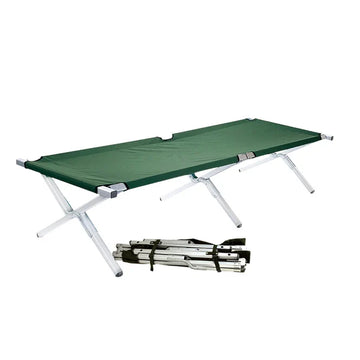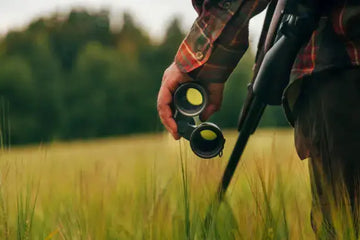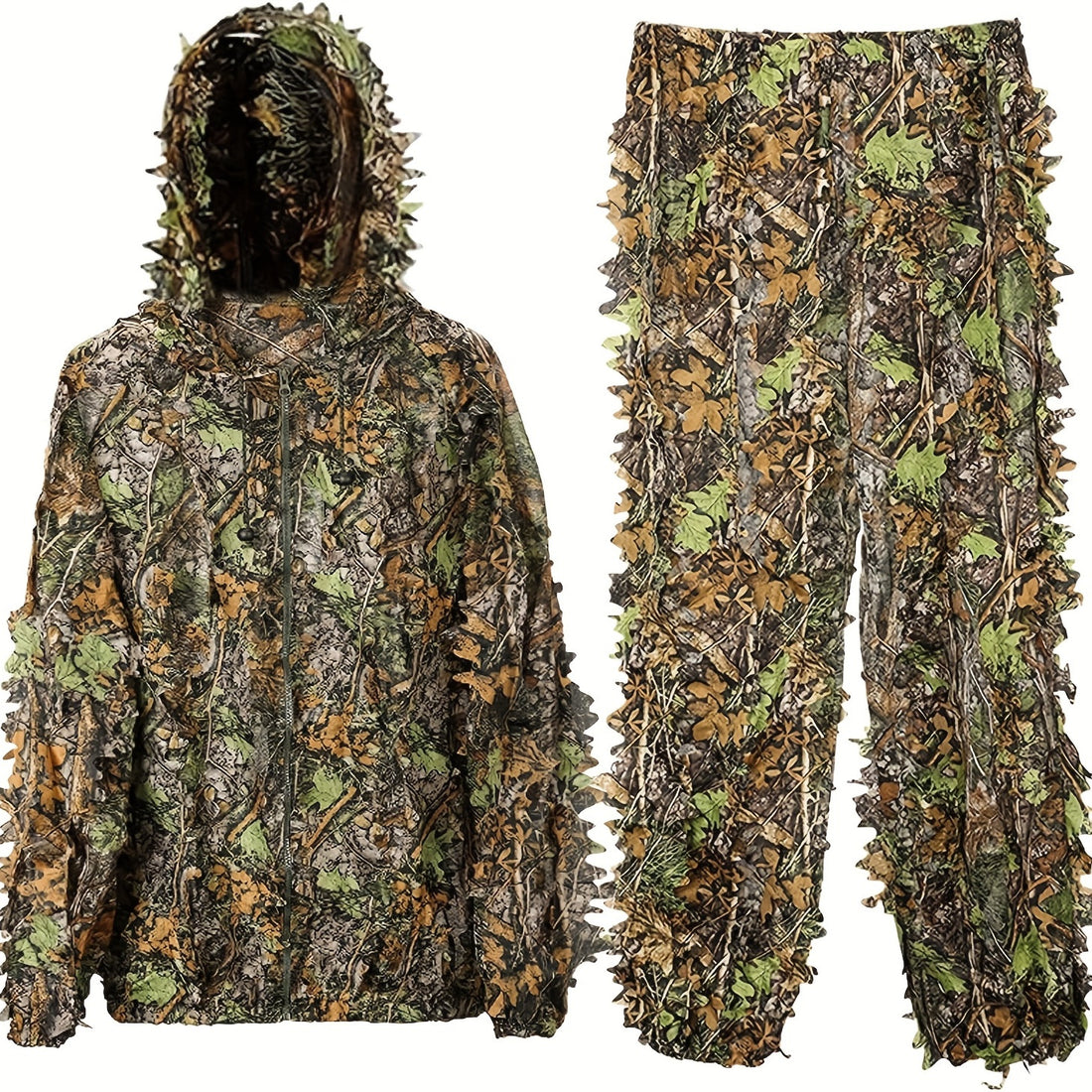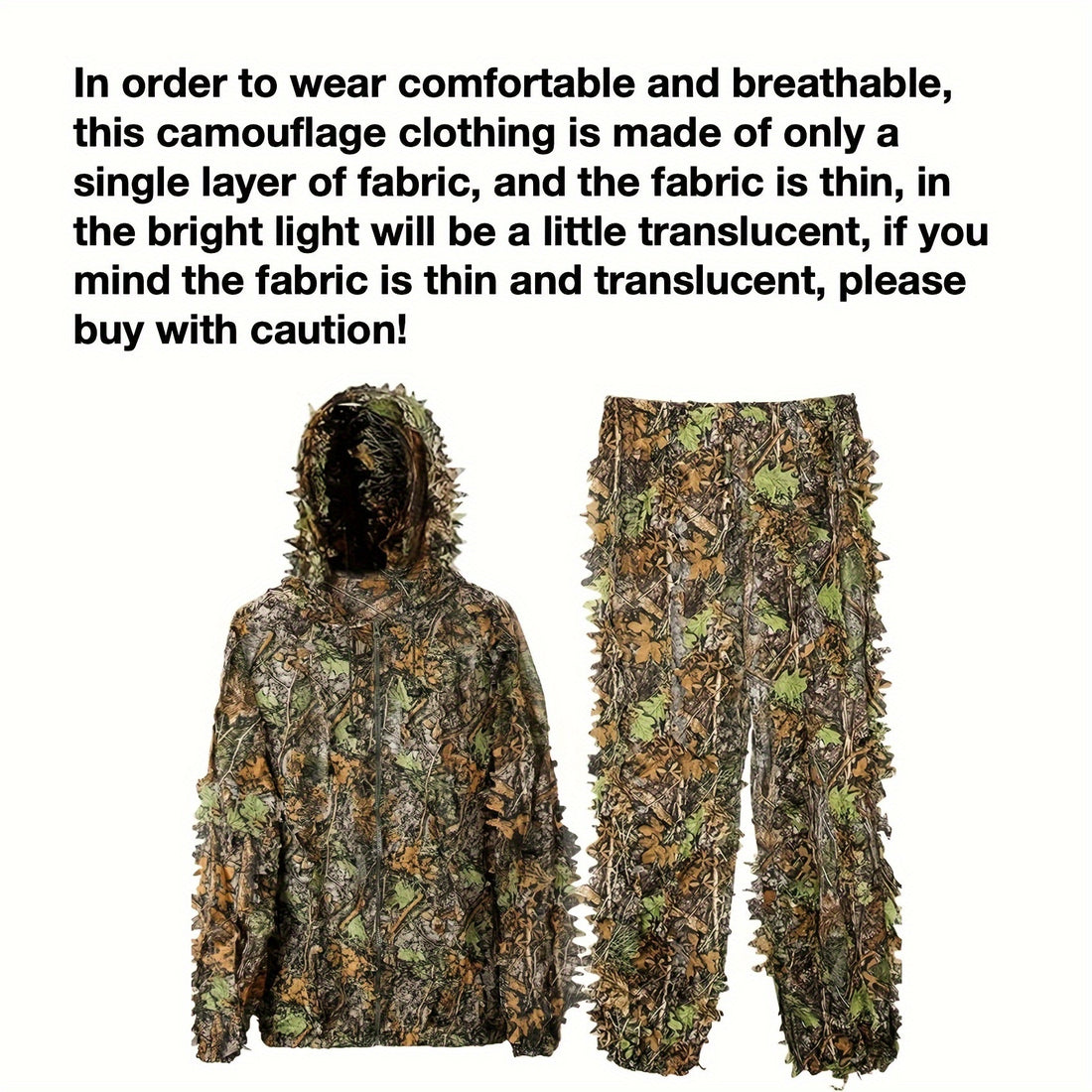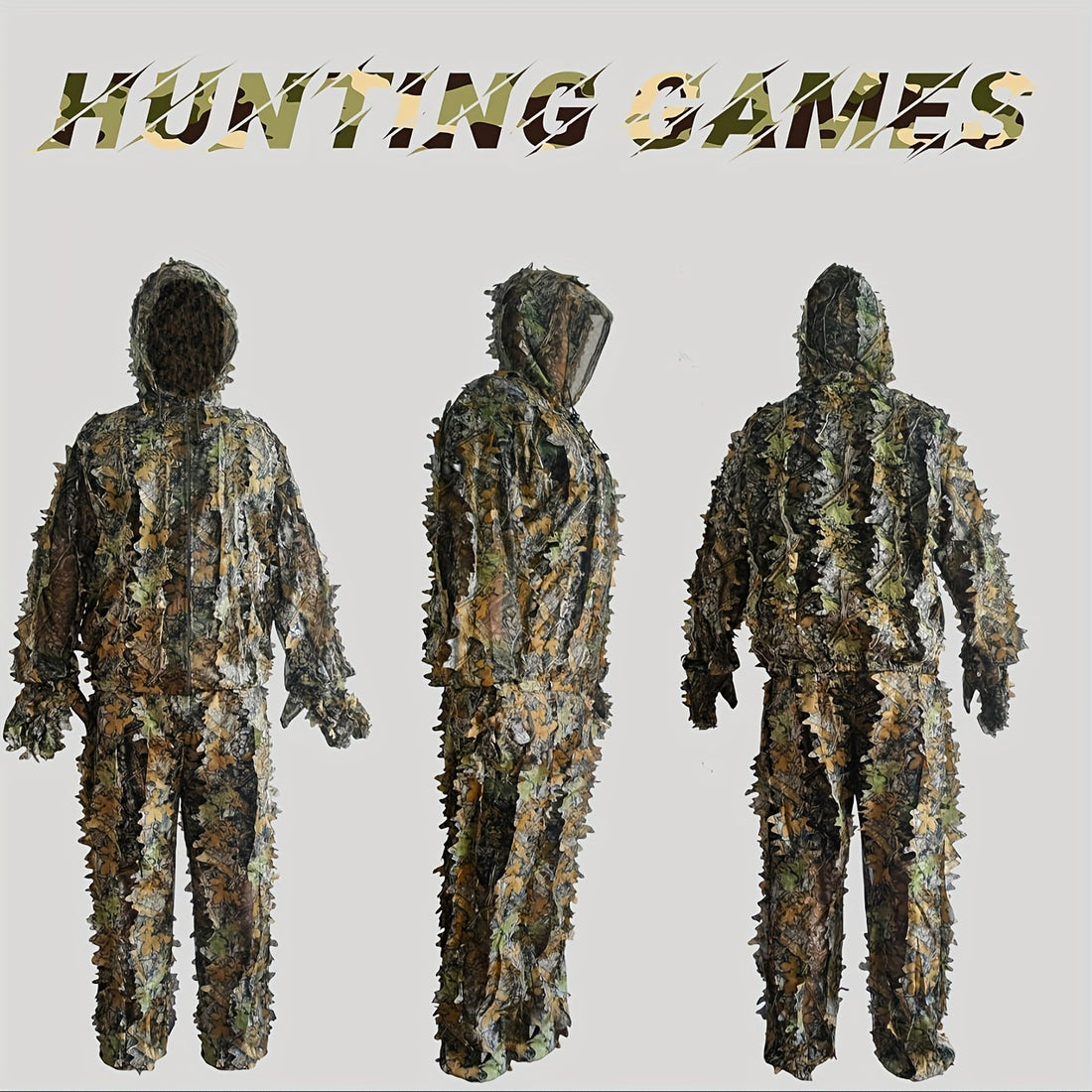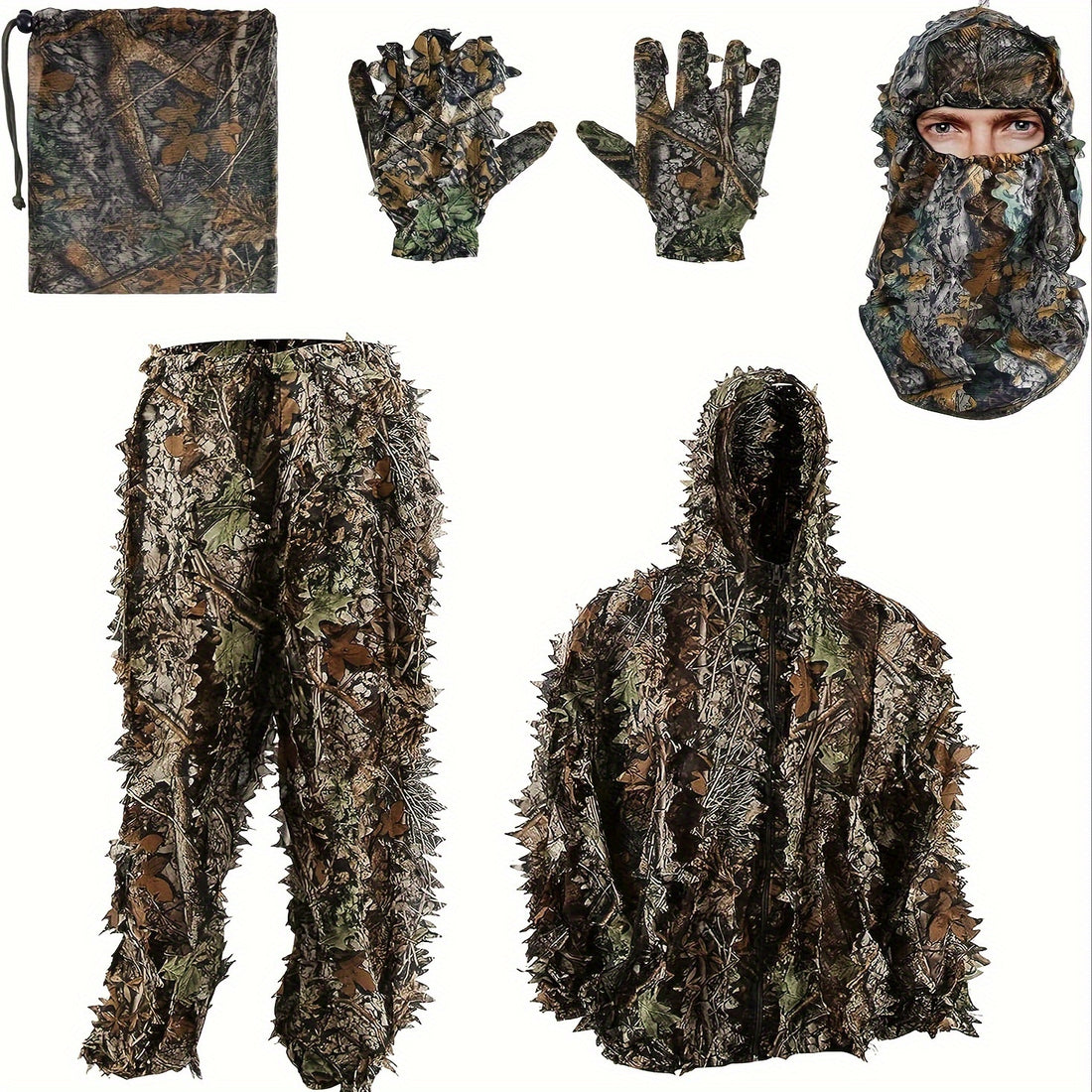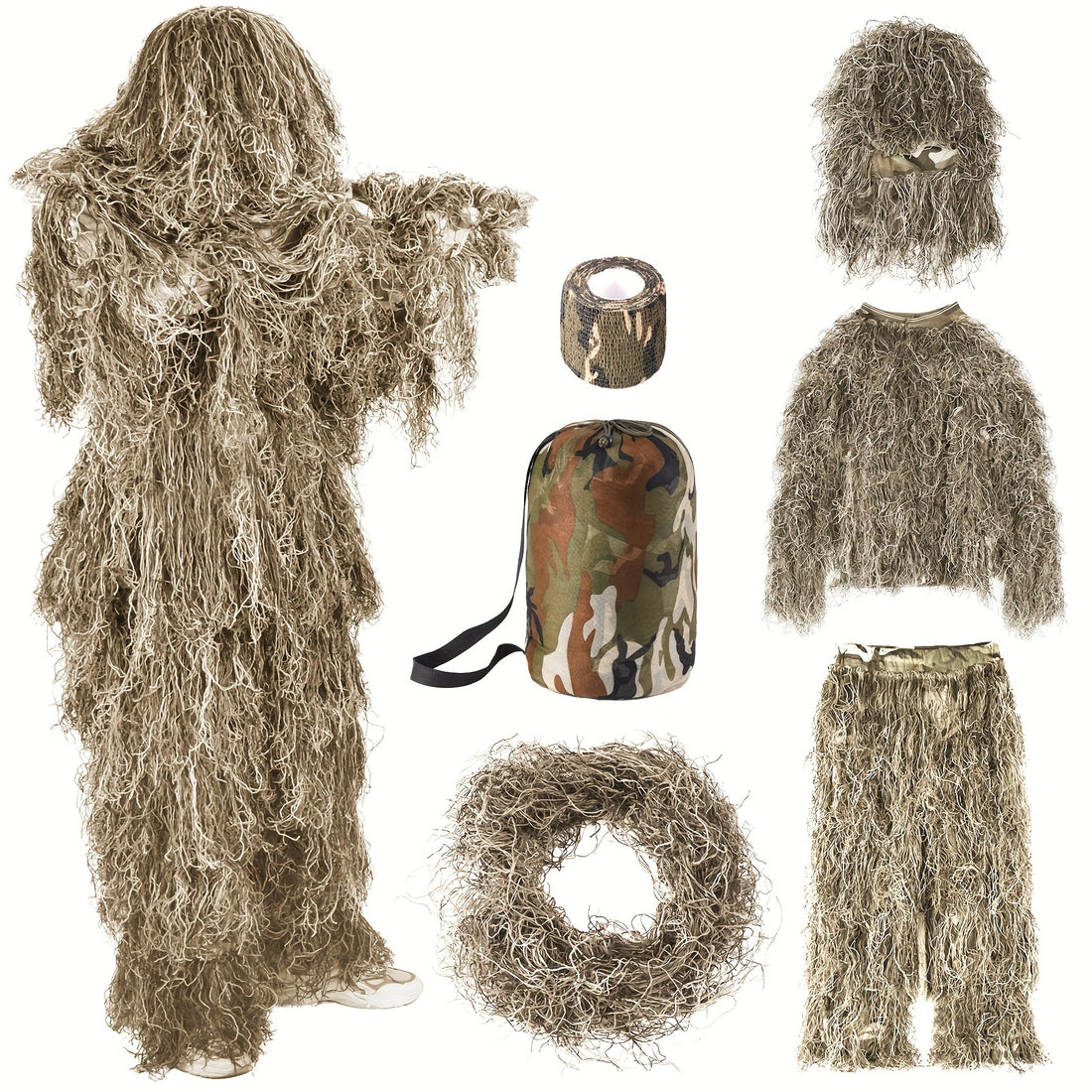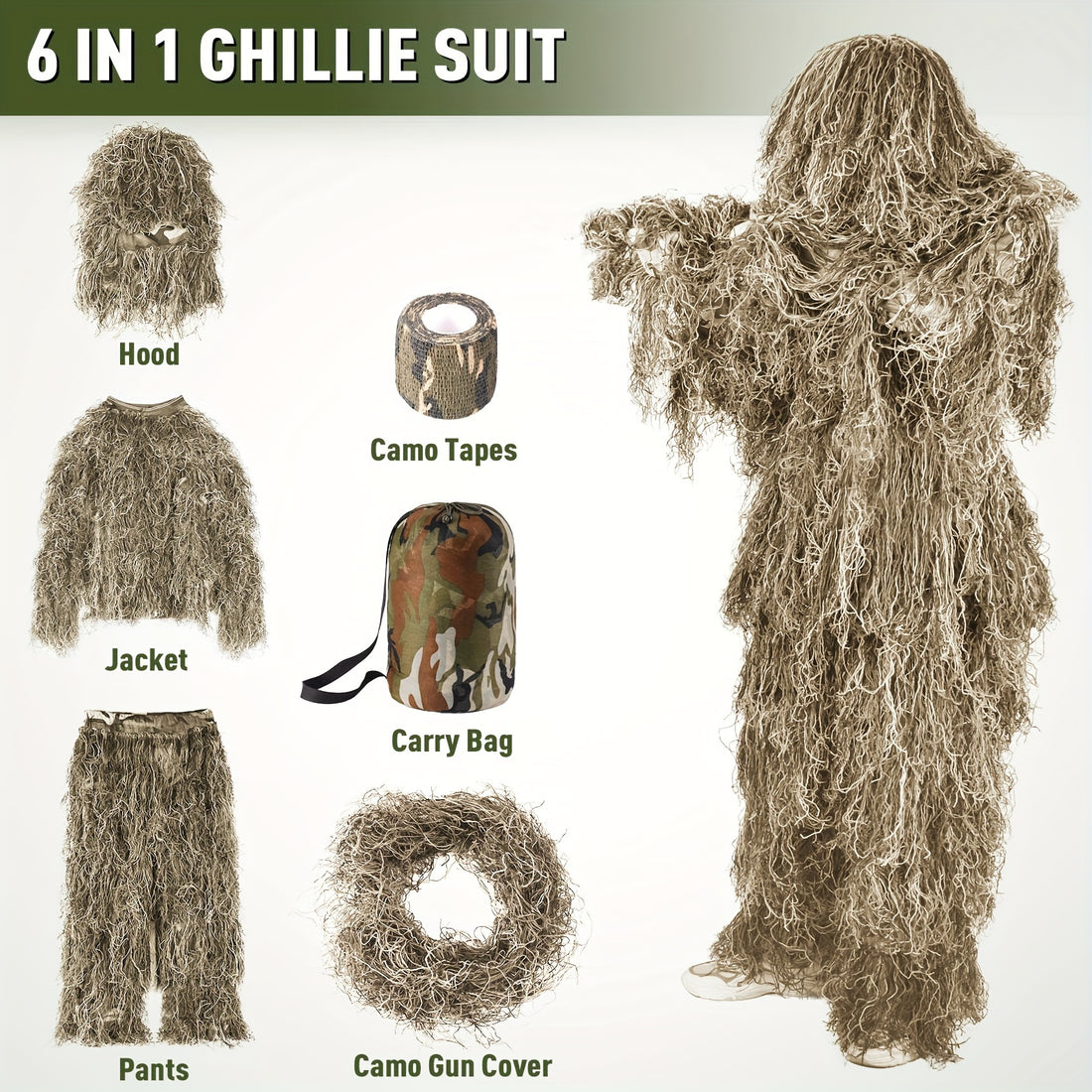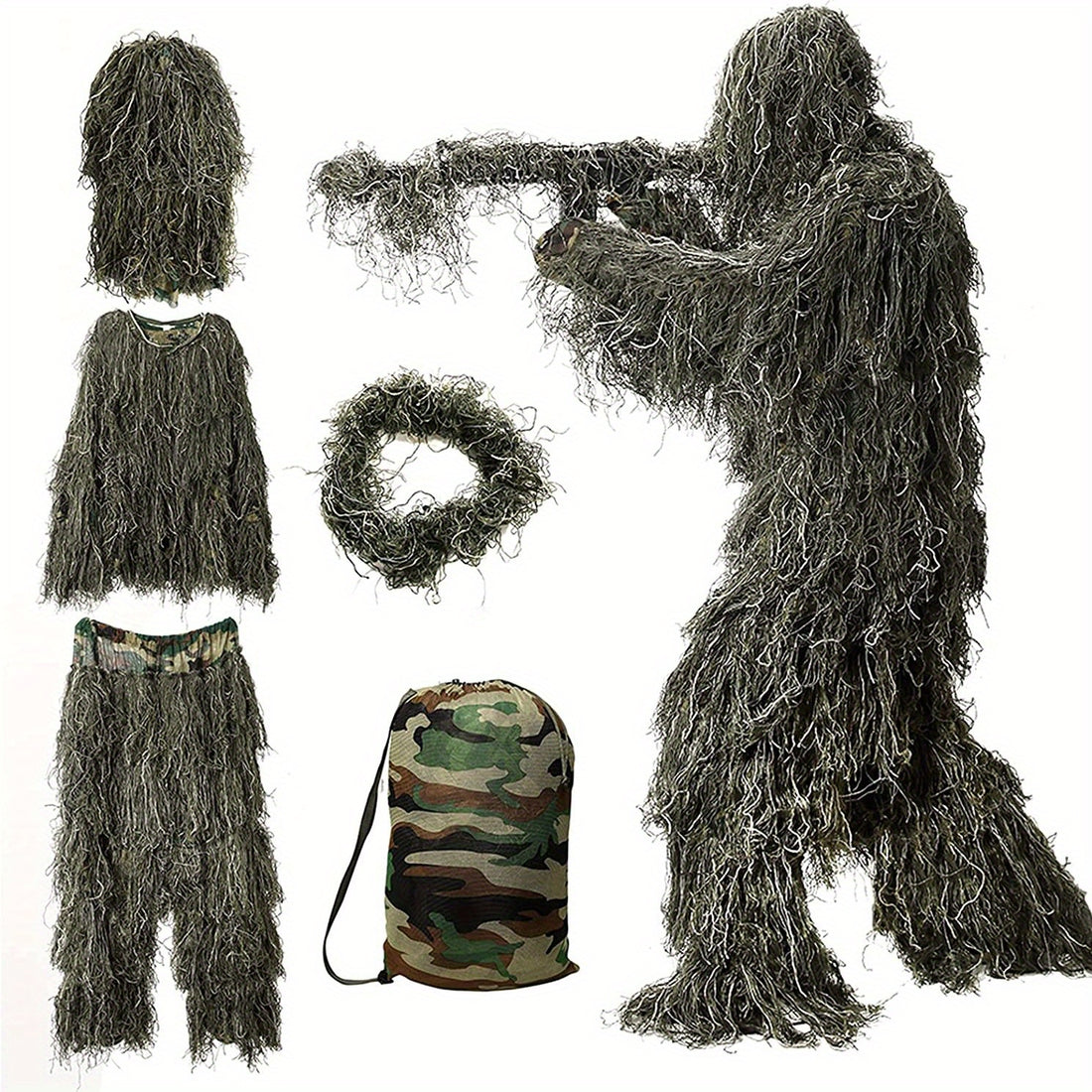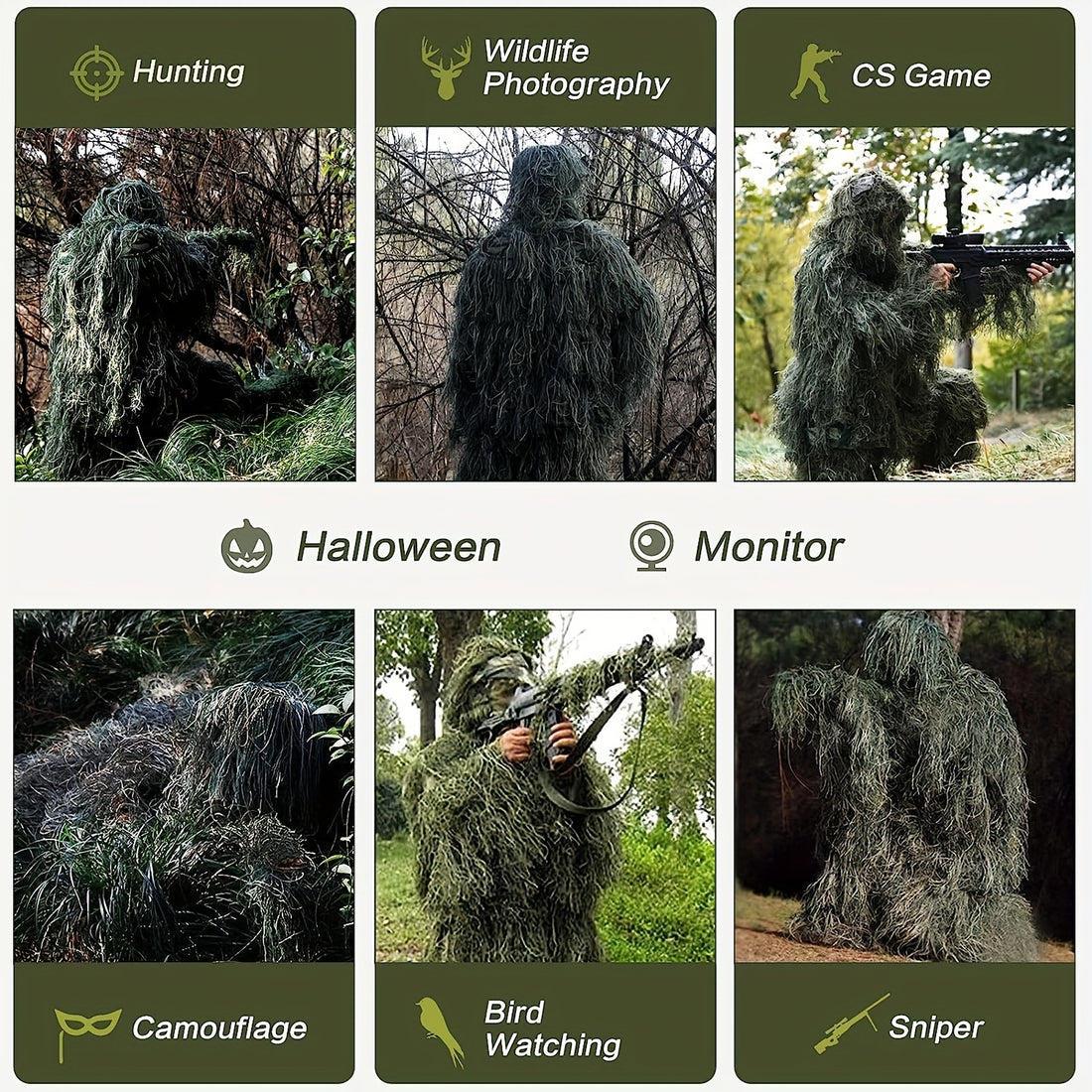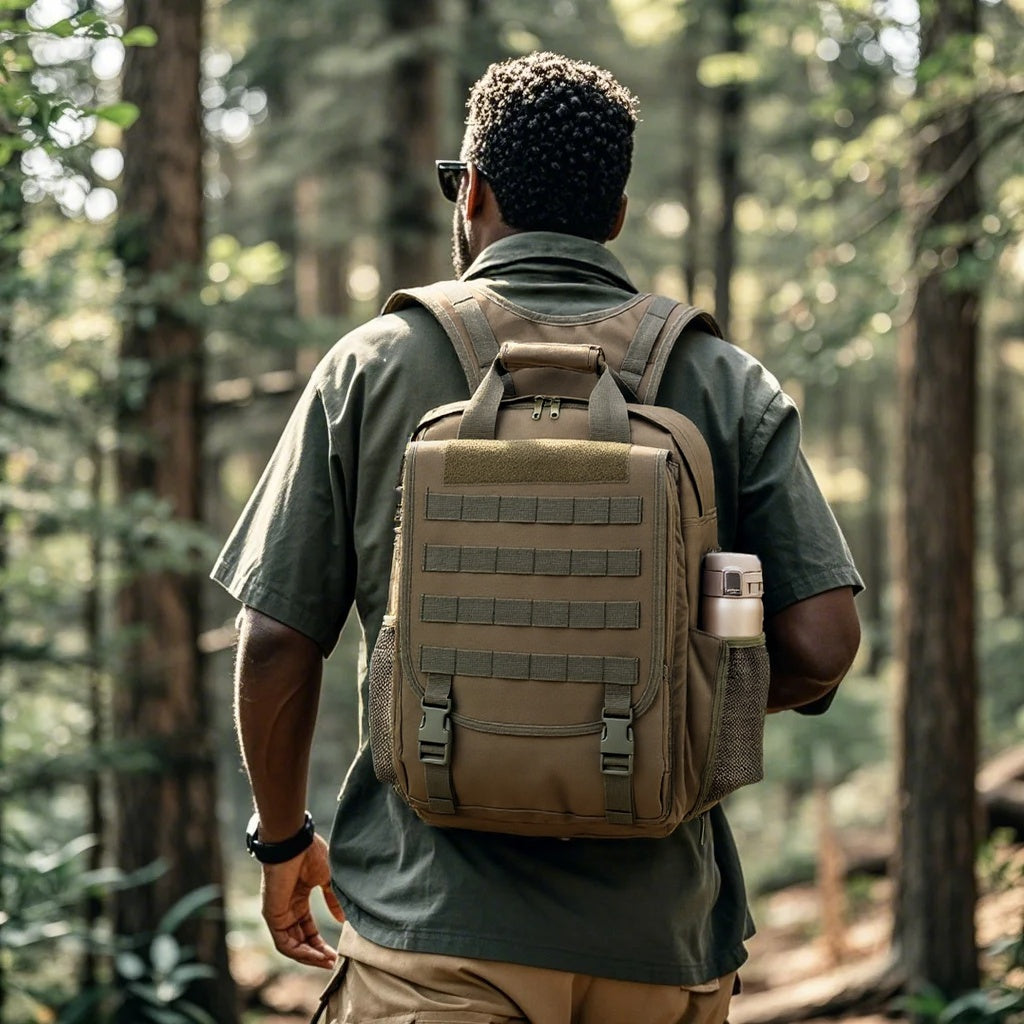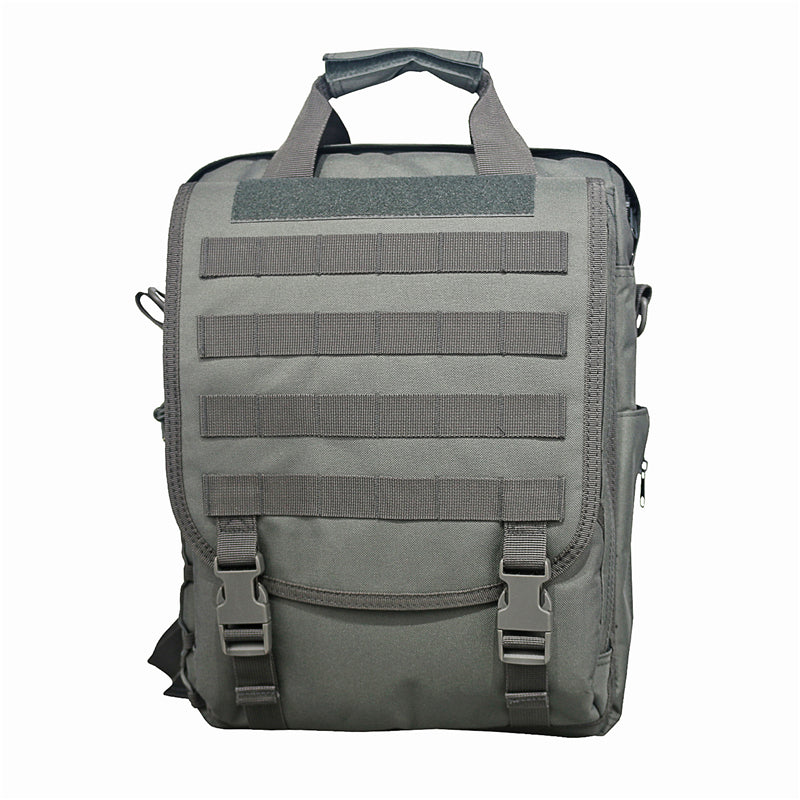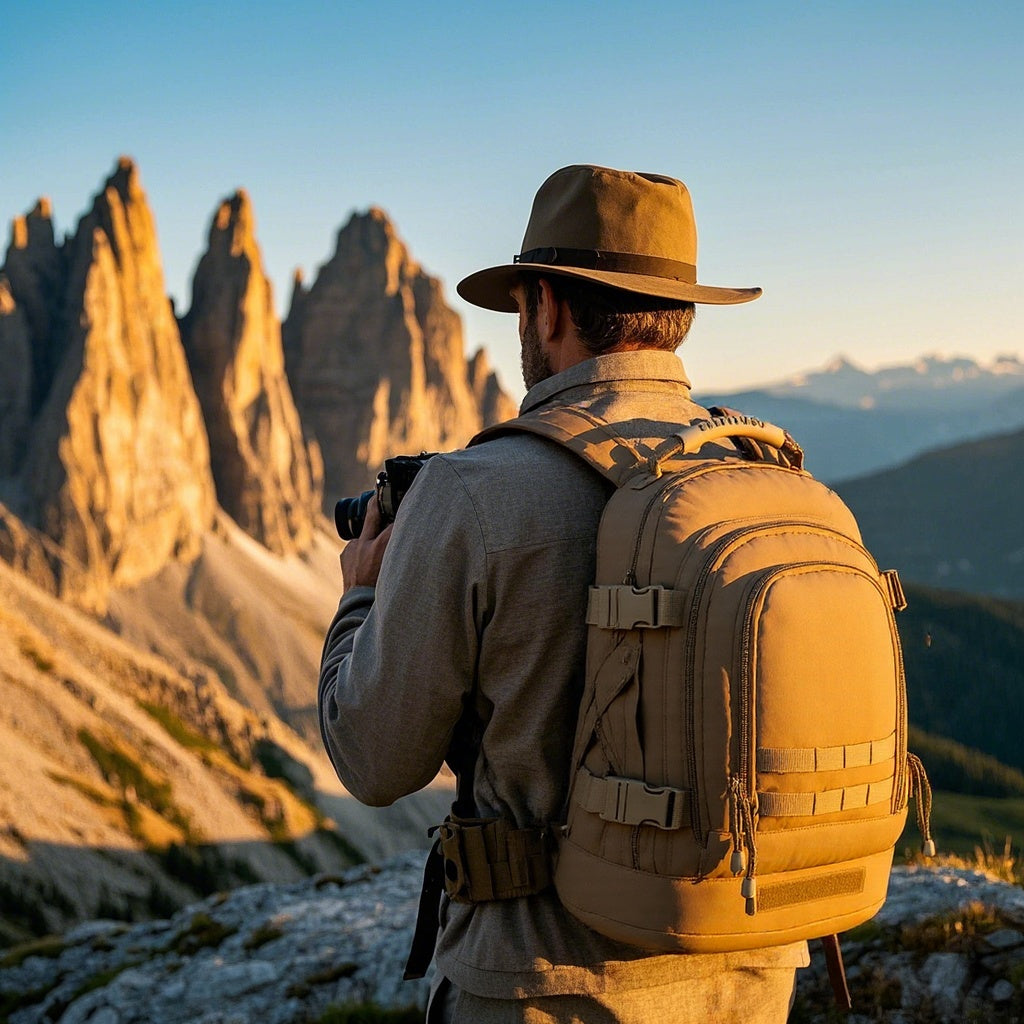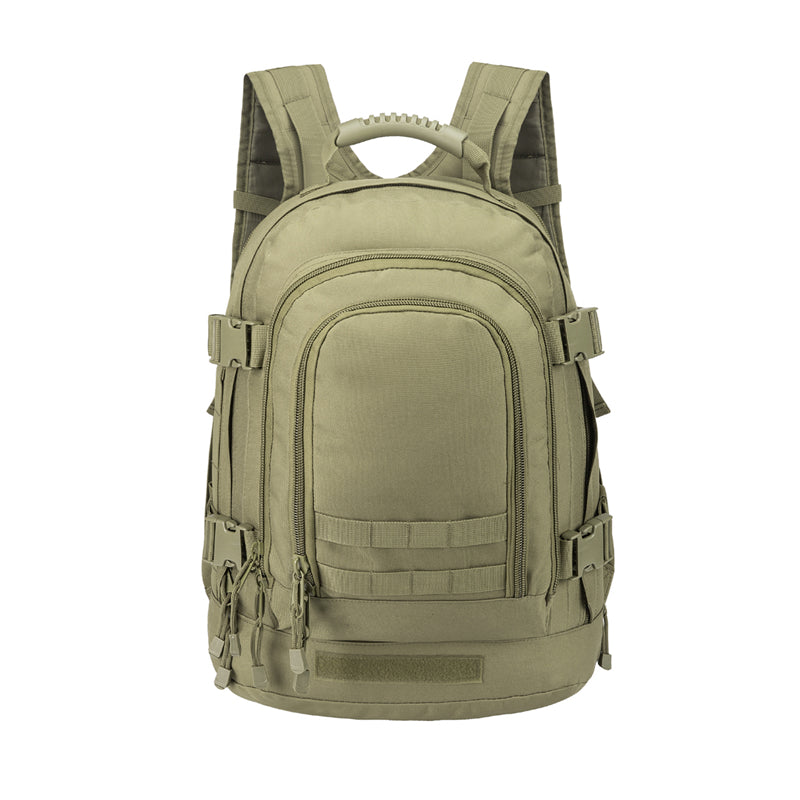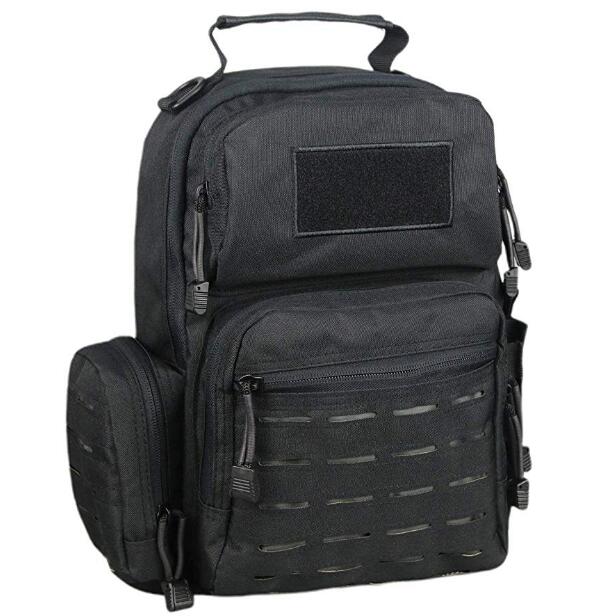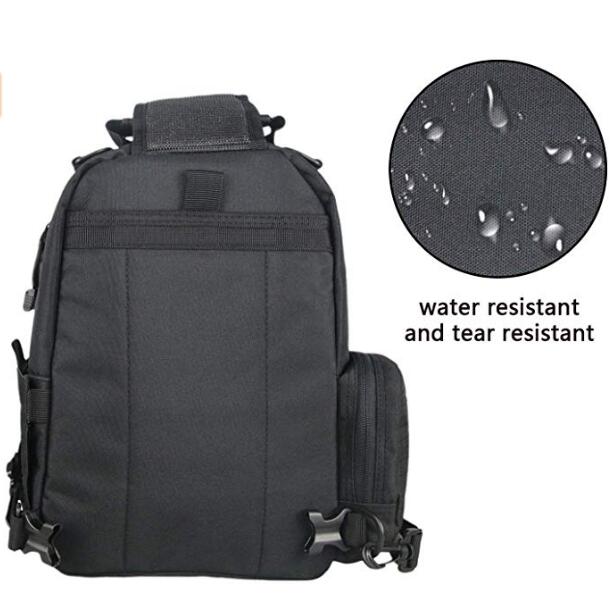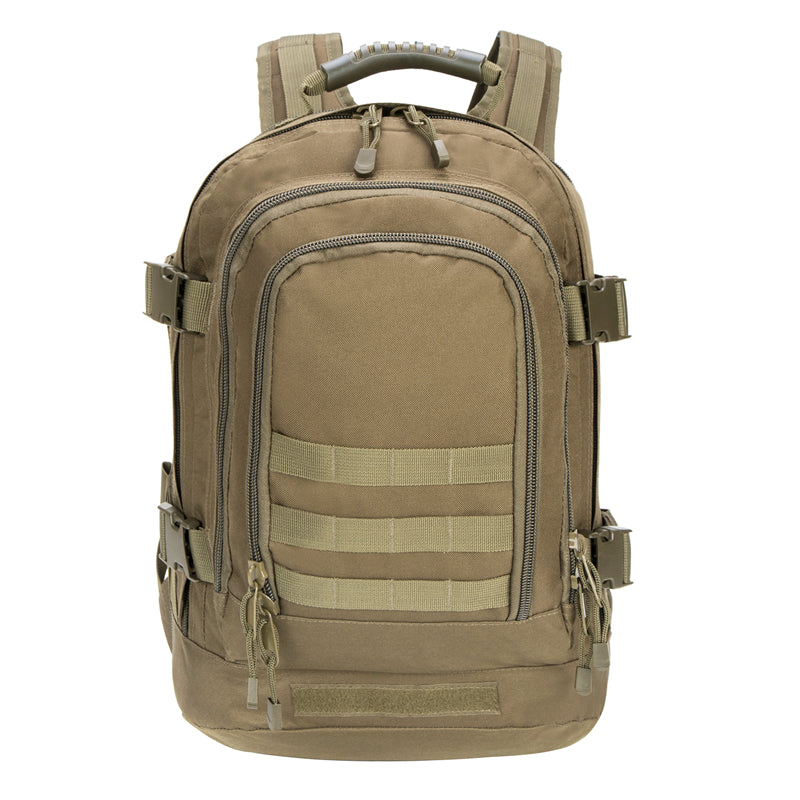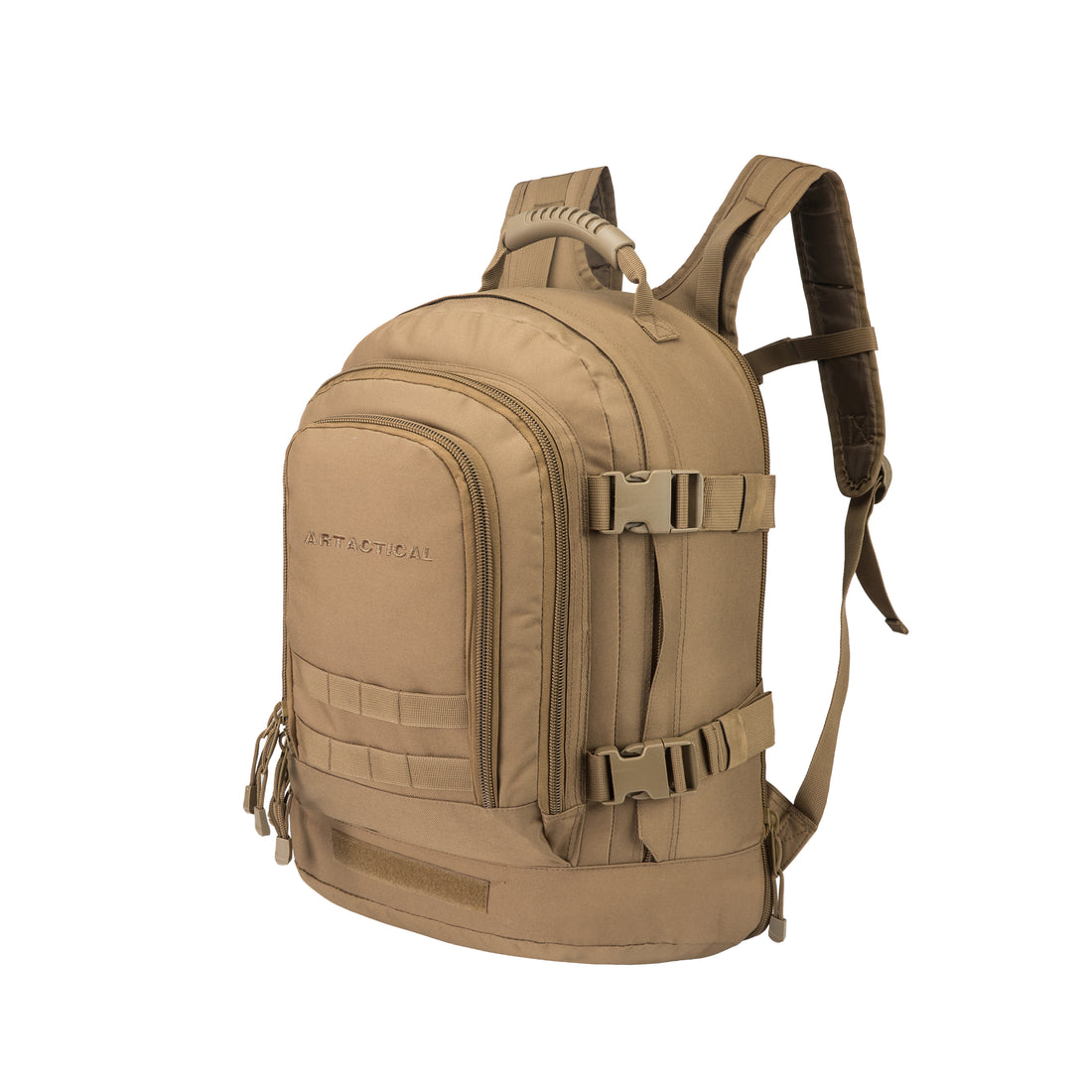A shemagh (also known as a keffiyeh) is a large, versatile cotton scarf with a long history in the Middle East. In recent decades, its practical benefits have made it a popular piece of gear for outdoor adventures and tactical situations. Its primary functions are to protect you from the sun, wind, dust, and cold.
This guide provides clear instructions for five functional tying methods. The goal is to offer practical, field-tested techniques that are commonly used by hikers, campers, and professionals.
Ways to Tie a Shemagh
1. The Classic Head Wrap
This is the most recognized style, ideal for all-around protection from sun, dust, and wind.
Steps:
- Fold the shemagh diagonally to form a triangle.
- Drape the long, folded edge across your forehead, just above your eyebrows. The point of the triangle should hang down your back.
- Bring the two long ends around to the back of your head.
- Cross the ends behind your head and bring them back to the front.
- Tie the ends into a loose, comfortable knot under your chin. You can also tuck the ends into the wrap for a cleaner look.
- Adjust the fabric over your ears and the back of your neck for full coverage.
2. The Face Cover
This method is essential for protecting your nose and mouth in dusty or sandy conditions.
Steps:
- Fold the shemagh into a wide, long strip, about 8-10 inches across.
- Hold the center of the strip against your face, covering your nose and mouth.
- Pull the two ends around to the back of your head.
- Cross the ends and bring them forward to the front again.
- Tie them securely, but not tightly, under your chin. You can now pull the face covering up or down as needed.
Tip: Choose a cotton Shemagh for breathability in hot, dusty conditions. This style reflects traditional desert practices for environmental protection.

3. The Neck Gaiter
A simple and effective way to retain warmth in cold weather or protect your neck from the sun.
Steps:
- Fold the shemagh diagonally into a triangle.
- Roll the shemagh from the long, folded edge toward the point, creating a long, thick band.
- Drape the rolled shemagh around your neck so the two ends are in front.
- You can simply let the ends hang, cross them, and tuck them in, or tie them in a single knot. For face coverage, you can pull the upper part over your nose and mouth.
Tip: This method is ideal for winter hikes or situations requiring minimal facial exposure, offering warmth and flexibility.
4. The Sling (Improvised Arm Sling)
In a first-aid situation, a shemagh can be used to create an improvised sling to stabilize an injured arm.
Steps:
- Fully open the shemagh and fold it diagonally into a triangle.
- Carefully place the injured arm across your chest, bent at the elbow.
- Slide the triangle underneath the arm, so the point of the triangle is facing toward the elbow.
- Bring the top end of the triangle over the shoulder on the uninjured side.
- Bring the bottom end up over the arm to meet the other end at the shoulder.
- Tie the two ends together securely at the side of the neck, ensuring the knot is not pressing on the spine. Tuck the elbow-point into the sling to create a pocket for the elbow.
Note: This is for emergency use until professional medical help can be obtained. For proper training, consider a wilderness first aid course from an organization like the American Red Cross.
5. The Headband
Perfect for high-intensity activities to keep sweat and hair out of your face, with the option to quickly pull it up as a face cover.
Steps:
- Roll the shemagh tightly into a long, narrow strip, about 3-4 inches wide.
- Place the center of the strip on your forehead.
- Pull the two ends around to the back of your head, cross them, and bring them back to the front.
- Tie the ends into a knot or a simple tuck on your forehead.
Tip: Opt for a moisture-wicking Shemagh to manage sweat during intense activities.
Choosing and Caring for Your Shemagh
Material: 100% cotton is the standard. It is breathable, absorbent, and durable, making it comfortable in both heat and cold.
Size: A standard 42" x 42" (approximately 110cm x 110cm) offers the best versatility for all these styles.
Care: Machine wash in cold water and air dry to preserve the fabric and colors. Avoid high heat in dryers.
Mastering a few basic shemagh ties can increase your comfort and protection outdoors. It is a simple, lightweight, and highly adaptable piece of gear that deserves a place in any pack.
About Us
As a professional-grade tactical equipment supplier with over 15 years of experience, we specialize in the custom production and wholesale of backpacks, pouches, vests, and other load-bearing systems built to high standards of durability and function. For businesses looking to source reliable tactical and outdoor gear, we welcome your inquiries.
